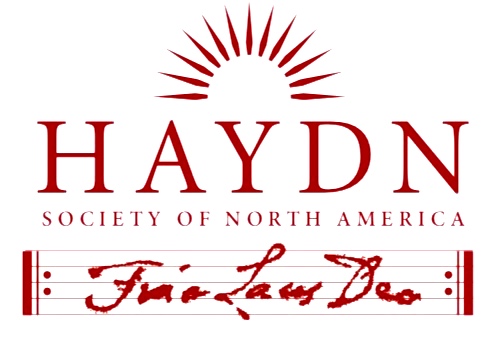
Document Type
Article
Abstract
In 1772, Joseph Haydn composed his Farewell Symphony, so named because of the elaborate ruse of its closing movement, in which the performers depart one by one, leaving two violinists to complete the movement on their own. This eccentric finale, though justly famous, has overshadowed the equally bold and tonally unusual opening movement, in which Haydn bypasses the relative major in the exposition, instead concluding this section in the minor dominant. This tonal decision, though common in C. P. E. Bach (whose music Haydn knew and admired), was exceedingly rare in Haydn’s output, and represents a unique tonal experiment among his sonata-form works.
This movement must have come to Muzio Clementi’s attention by the time that he wrote his Opus 25 piano sonatas in 1790. Opus 25, no. 5, in the unusual key of F-sharp minor like the Farewell Symphony, proceeds from the home key to the minor dominant with a brief stopover in the relative major, in a clear homage to the earlier movement’s tonal plan. This paper will provide a close reading of both the Clementi and Haydn movements, suggesting that Clementi was not strictly modeling on the earlier work: rather, he was using its tonal plan as a jumping-off point, filling the large-scale structure with material that was solely his own.
Finally, H. C. Robbins Landon has asserted that Haydn’s London-era keyboard works demonstrate the influence of the London Pianoforte School of Clementi and his followers. This paper will conclude by exploring briefly the similarities of thematic content, figuration, and tonal plan between the opening movements of Haydn’s Piano Trio in F-sharp minor, Hob. XV: 26, and Clementi’s Opus 25, no. 5. These (perhaps subconscious) similarities illustrate how Haydn’s indebtedness to Clementi’s sonata brought the musical material full circle, recalling (if second hand) the Farewell Symphony as the ultimate source of both later works.
Recommended Citation
MacKay, James S.
(2023)
"A Musical Debt Repaid with Interest: Haydn’s “Farewell” Symphony, Clementi’s Piano Sonata, Opus 25/5, and Haydn’s Piano Trio, Hob. XV: 26,"
HAYDN: Online Journal of the Haydn Society of North America: Vol. 13, Article 3.
Available at:
https://remix.berklee.edu/haydn-journal/vol13/iss1/3
Included in
© Haydn Society of North America ; Boston: Berklee Library, 2023. Duplication without the express permission of the author and/or the Haydn Society of North America is prohibited.


